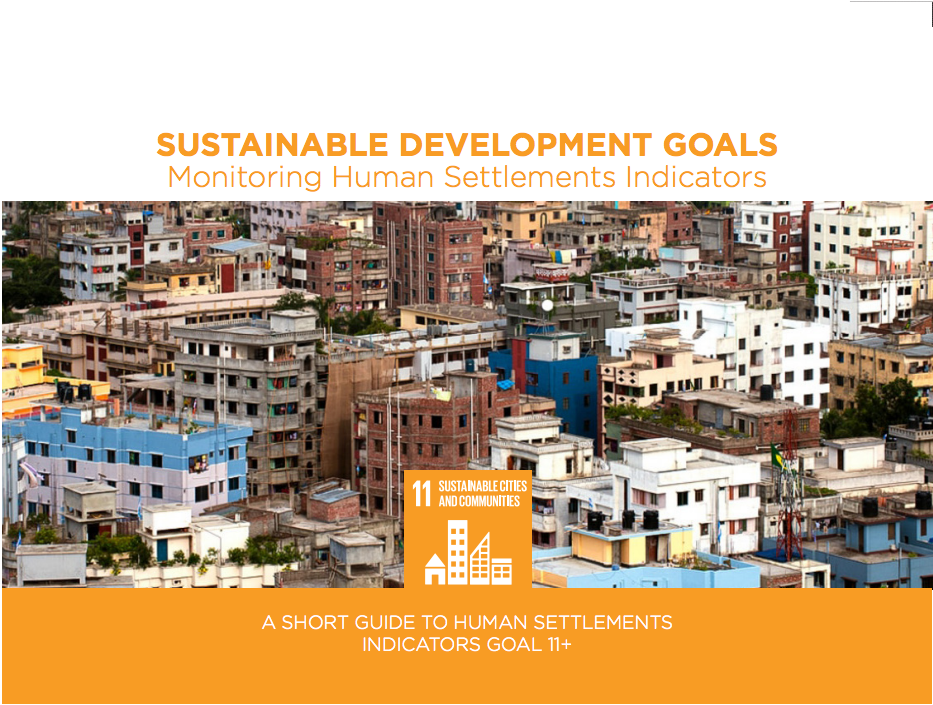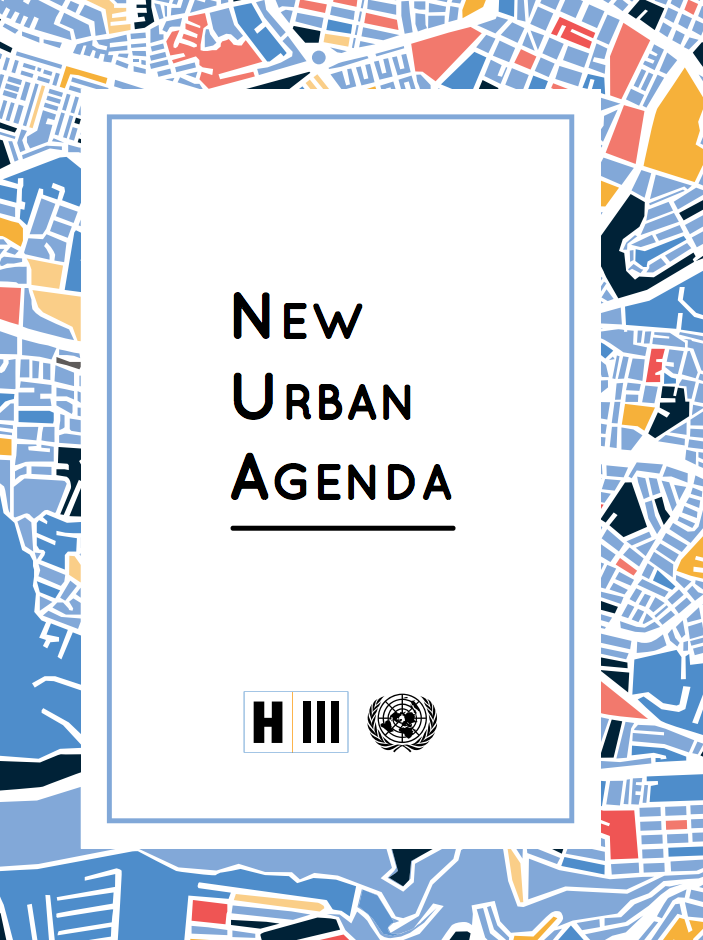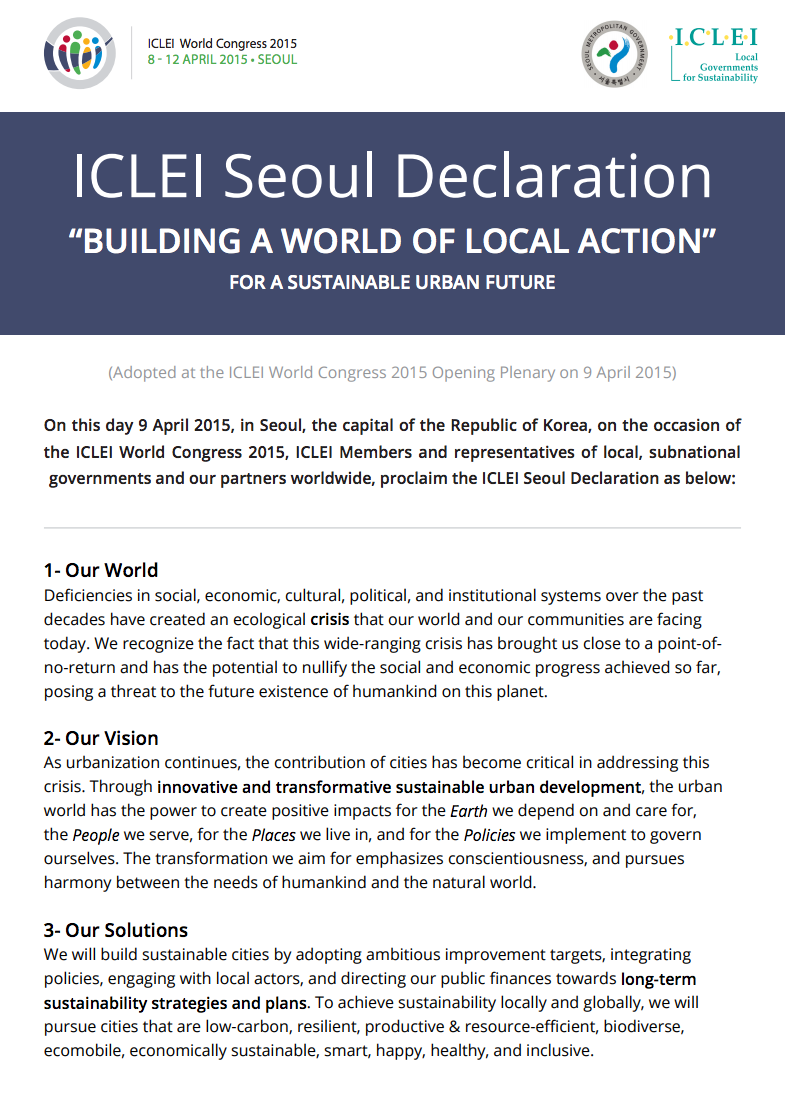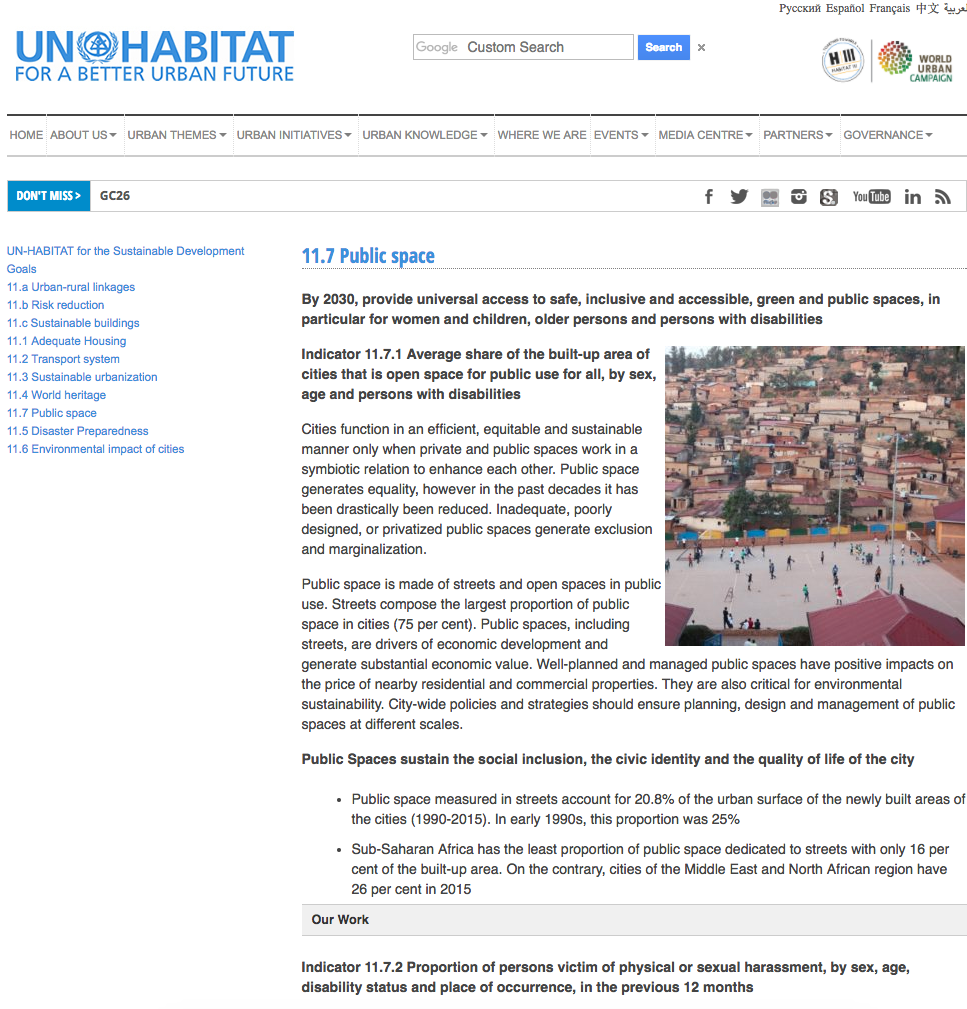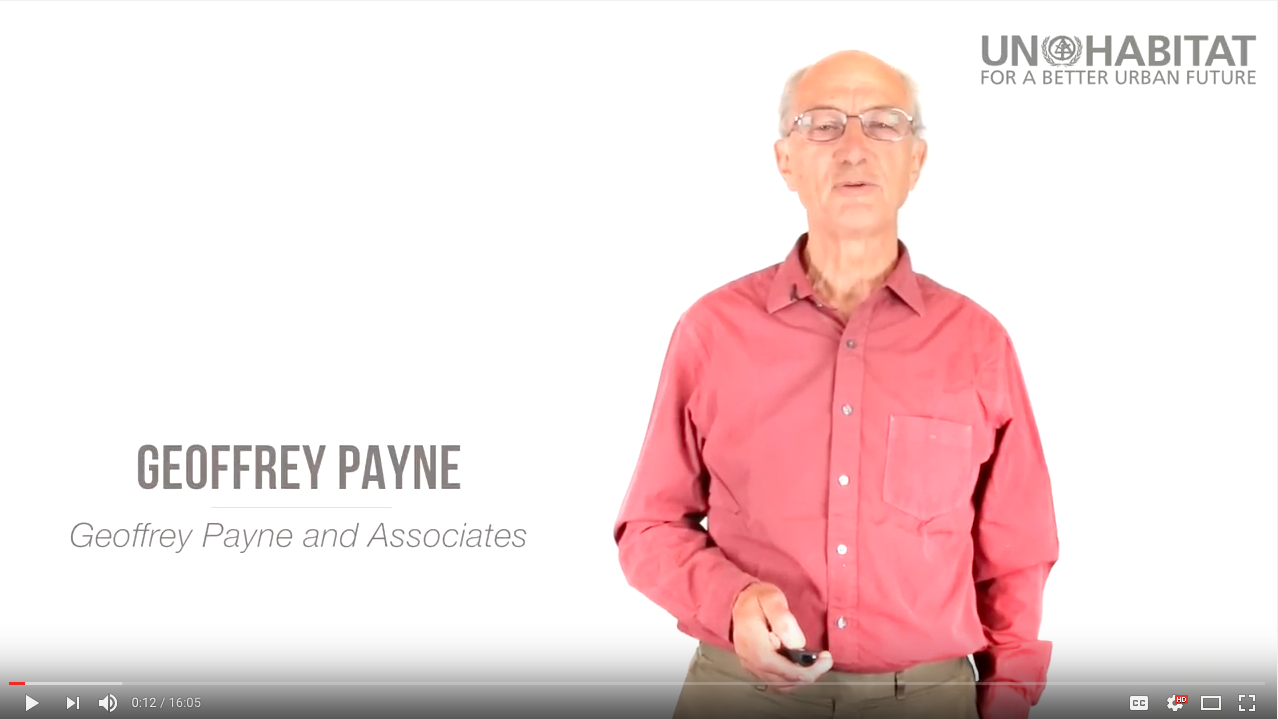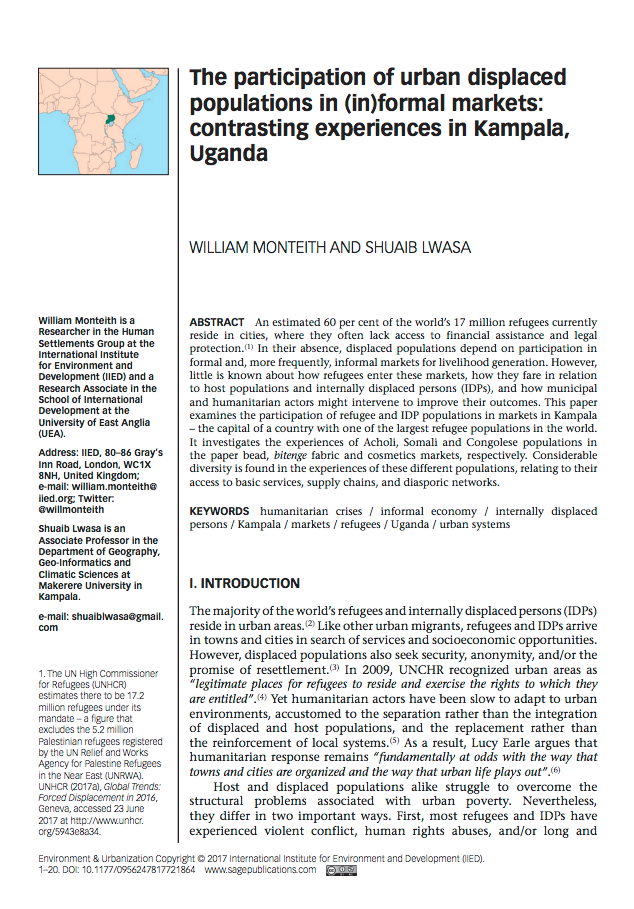Predicting success incorporating conservation subdivisions into land use planning
Conservation subdivisions have emerged as a development option for communities wishing to conserve important ecological features and maintain rural character without decreasing housing density. Yet, these alternatives to conventional subdivisions rarely are used. We used logistic regression models to identify variables that predict county level success at adopting an ordinance and having a conservation subdivision built.


